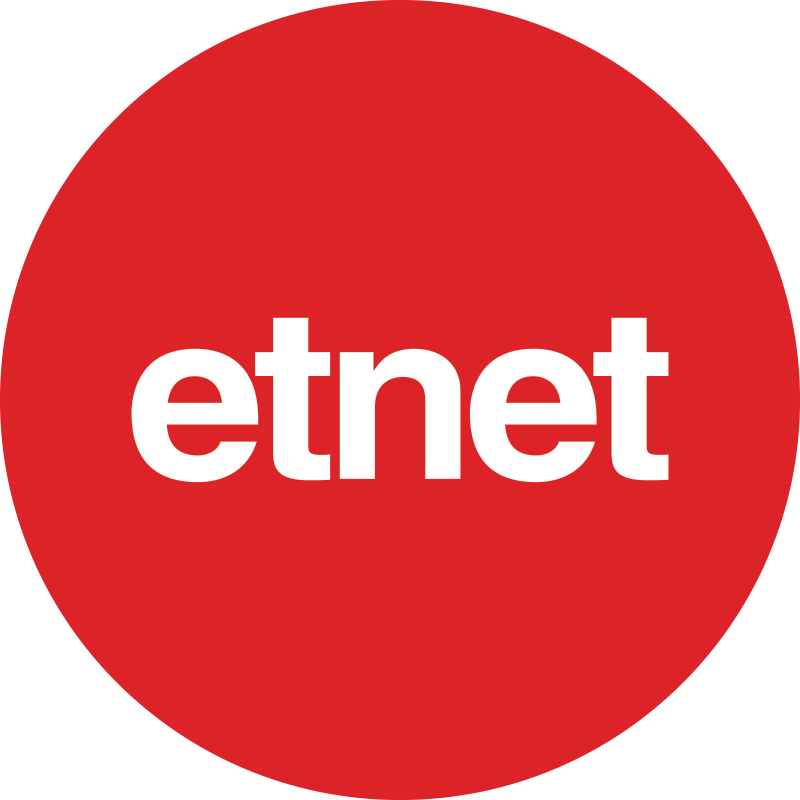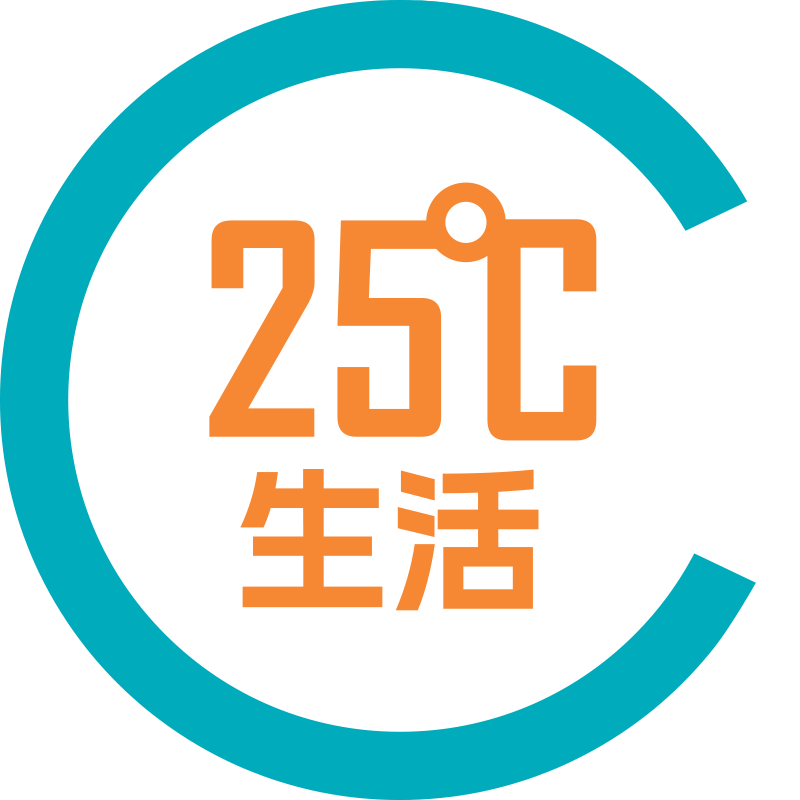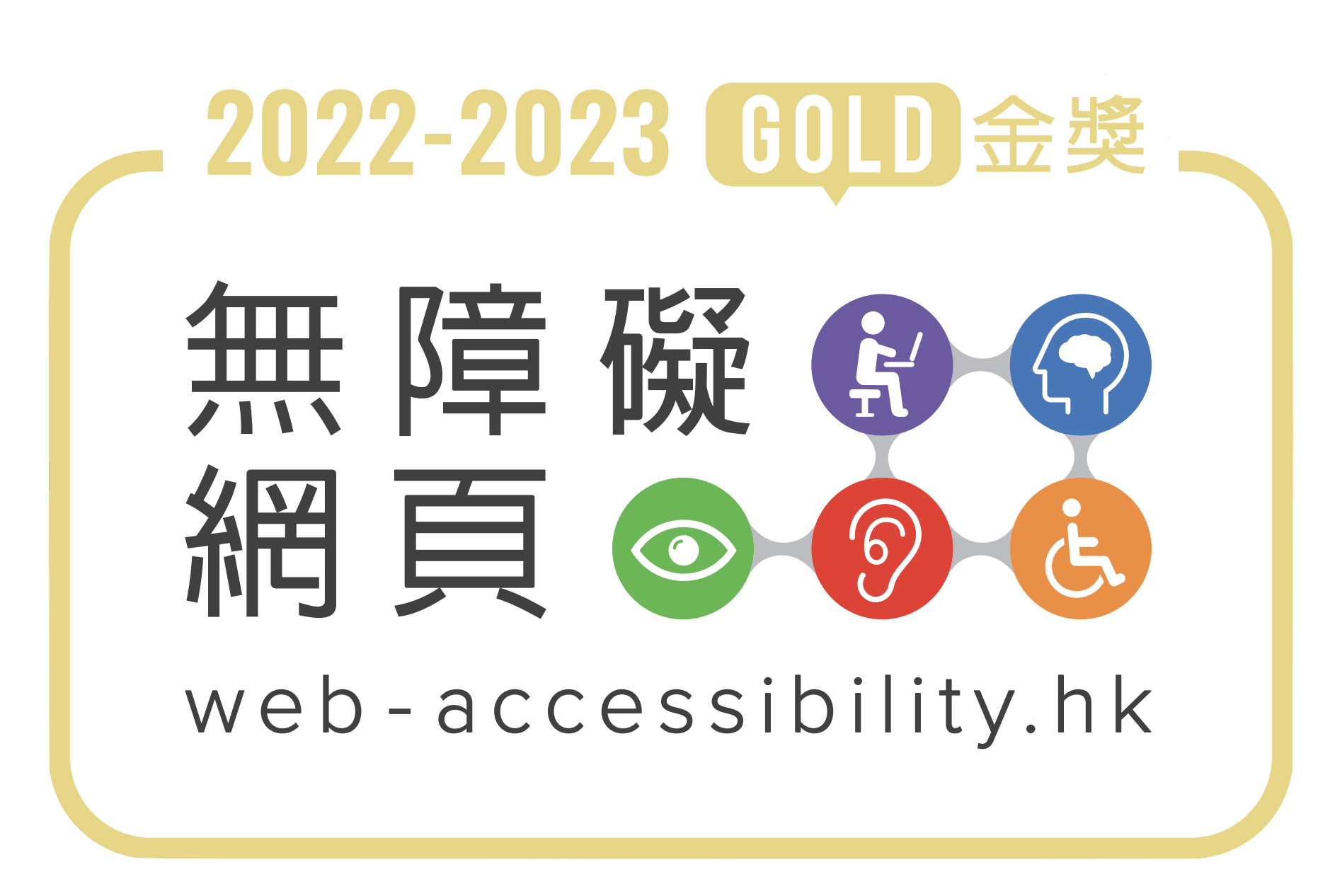This milestone represents significant progress in Ferring’s manufacturing capabilities to meet anticipated growth in demand for Adstiladrin® (nadofaragene firadenovec-vncg), a gene therapy for people with non-muscle invasive bladder cancer (NMIBC).
With bladder cancer now the ninth most diagnosed cancer around the world 1, securing the global supply of this innovative bladder-sparing treatment is vital.
SAINT-PREX, Switzerland--(BUSINESS WIRE)--Ferring Pharmaceuticals today announced the opening of a state-of-the-art global manufacturing hub in Finland for the drug substance of its intravesical non-replicating gene therapy Adstiladrin® (nadofaragene firadenovec-vncg). This represents a significant milestone in Ferring’s capabilities and capacity to meet the current and expected growth in demand for this gene therapy for people with non-muscle invasive bladder cancer (NMIBC).
Adstiladrin® (nadofaragene firadenovec-vncg) is approved in the U.S. for adult patients with high-risk Bacillus Calmette-Guérin (BCG)-unresponsive NMIBC with carcinoma in situ (CIS) with or without papillary tumours.
“In January this year, we announced full commercial availability of Adstiladrin® in the U.S. We have now embarked on a broad programme of clinical research to enlarge the body of evidence for Adstiladrin® and plan for regulatory submissions in other global markets. Today’s announcement marks an important milestone in ensuring stable and sustainable global supply of Adstiladrin® to meet the anticipated growth in demand,” said Bipin Dalmia, Global Head, Uro-Oncology and Urology Franchise, Ferring Pharmaceuticals.
Armin Metzger, Executive Vice President and Chief Technical Operations Officer, Ferring Pharmaceuticals added, “The continued investment and expansion of our gene therapy manufacturing infrastructure reflects Ferring’s strong commitment to deliver end-to-end solutions for even the most highly complex manufacturing challenges as part of our mission to fulfil the unmet clinical needs for people with bladder cancer.”
According to the International Agency for Research on Cancer, bladder cancer is now the ninth most diagnosed cancer worldwide, previously ranked tenth.1 This rising global incidence underscores the necessity to expand the supply of innovative treatments for this disease.
In addition to this European investment in drug substance, Ferring has further strengthened and diversified its nadofaragene firadenovec-vncg supply chain and is also nearing completion of a new manufacturing facility for drug product at Ferring’s U.S. campus in Parsippany, New Jersey. The bolstering of Ferring’s gene therapy manufacturing capabilities and footprint reinforces its commitment to ensuring the future supply of this therapy for patients.
Located in Kuopio, Finland, the new European manufacturing site features a cutting-edge manufacturing suite, fully integrated with modern technology to produce adenovirus vector-based gene therapy drug substance in large quantities. The 25,000 square metre facility features renewable energy solutions such as waste heat recovery with heat pumps and solar energy, complementing Ferring’s commitment to protect the environment by reducing its negative impact on the planet.
About Adstiladrin® (nadofaragene firadenovec-vncg)
Adstiladrin® (nadofaragene firadenovec-vncg) is the first and only FDA-approved intravesical non-replicating gene therapy for the treatment of adult patients with high-risk Bacillus Calmette-Guérin (BCG)-unresponsive non-muscle invasive bladder cancer (NMIBC) with carcinoma in situ (CIS) with or without papillary tumours.2 It is a non-replicating adenovirus vector-based therapy containing the gene interferon alfa-2b, administered locally as a monotherapy by catheter directly into the bladder once every three months. The vector enters the cells of the bladder wall, releasing the active gene and causing the bladder’s cell walls to secrete high and transient local expression of interferon alfa-2b protein, a naturally occurring protein the body uses to fight cancer. This approach essentially turns the bladder wall cells into interferon microfactories, enhancing the body’s own natural defences against the cancer.3
Adstiladrin® (nadofaragene firadenovec-vncg) has been studied in a clinical trial programme that includes 157 patients with high-grade, BCG-unresponsive NMIBC who had been treated with adequate BCG previously and did not see benefit from additional BCG treatment (full inclusion criteria published on clinicaltrials.gov: NCT02773849).3
About non-muscle invasive bladder cancer (NMIBC)
NMIBC is a form of bladder cancer in which the tumour is not invading into or beyond the muscularis propia.4 Bladder cancer is the 9th most common cancer worldwide, with 614,298 new cases reported in 2022.5 75% of bladder cancers present as NMIBC.6 In patients with high-risk NMIBC, intravesical BCG remains the first-line standard of care.7 Current treatment options for BCG-unresponsive patients are very limited outside of radical cystectomy (partial or complete removal of the bladder).7 In a patient choice experiment to determine preferred treatment options for NMIBC, 89% of patients never selected radical cystectomy as their preferred option; patients were willing to accept a 43.8% increased risk of progression and a 66.1% increase in the risk of serious side effects to increase the time to radical cystectomy from 1 year to 6 years.8
About gene therapy and the manufacturing process
Gene therapies aim to treat, prevent, or cure diseases by modifying or manipulating gene expression or altering the biological properties of living cells. 9 The concept involves techniques like adding new copies of a gene or replacing faulty genes with healthy ones.10 Over the decades, gene therapies have been applied to inherited genetic diseases, cancers, and other disorders. Viral vectors, bacterial vectors, plasmid DNA, human gene editing, and patient-derived cellular gene therapies are various forms of gene therapy.9 Viral vectors are particularly significant due to their high transduction efficiency and stable expression, offering potentially curative treatments with fewer applications.11 Successful applications include treatments for bladder cancer, leukaemia, lymphoma, haemophilia, certain neurological disorders, retinal diseases, and metabolic disorders.12-18
About Ferring Pharmaceuticals
Ferring Pharmaceuticals is a privately owned, research-driven, specialty biopharmaceutical group committed to building families and helping people live better lives. We are leaders in reproductive medicine and maternal health, and in areas of gastroenterology and urology. We are at the forefront of innovation in microbiome-based therapeutics and uro-oncology intravesical gene therapy. Ferring was founded in 1950 and employs more than 7,000 people worldwide. The company is headquartered in Saint-Prex, Switzerland, and has operating subsidiaries in more than 50 countries which markets its medicines in over 100 countries.
Learn more at www.ferring.com, or connect with us on LinkedIn, Instagram, YouTube, Facebook and X(Twitter).
© 2024 Ferring. Ferring and the Ferring Pharmaceuticals logo are trademarks of the Ferring group of companies.
References:
- International Agency for Research on Cancer. GLOBOCAN 2022 factsheet. Available from: https://gco.iarc.who.int/media/globocan/factsheets/populations/900-world-fact-sheet.pdf [Accessed July 2024].
- U.S. FDA. ADSTILADRIN. Available from: https://www.fda.gov/vaccines-blood-biologics/cellular-gene-therapy-products/adstiladrin [Accessed July 2024].
- ClinicalTrials.gov. ADSTILADRIN in patients with high grade, Bacillus Calmette-Guerin (BCG) unresponsive non-muscle invasive bladder cancer (NMIBC). Gov Identifier: NCT02773849. Available from: https://clinicaltrials.gov/ct2/show/NCT02773849 [Accessed July 2024].
- Matulewicz RS, Steinberg GD. Non-muscle-invasive bladder cancer: overview and contemporary treatment landscape of neoadjuvant chemoablative therapies. Rev Urol. 2020 Jul; 22(2):43-51.
- International Agency for Research on Cancer. Cancer Today. Available from: https://gco.iarc.fr/today/en/dataviz/bars?mode=cancer&group_populations=1&key=total [Accessed July 2024].
- Burger M, Catto JW, Dalbagni G, et al. Epidemiology and risk factors of urothelial bladder cancer. Eur Urol. 2013 May; 63(2):234-41.
- Boorjian SA, Alemozaffar M, Konety BR, et al. Intravesical nadofaragene firadenovec gene therapy for BCG-unresponsive non-muscle-invasive bladder cancer: a single-arm, open-label, repeat-dose clinical trial. Lancet Oncol. 2021 Nov 27; 22:107-17.
- Collacott H, Krucien N, Heidenreich S, Catto JWF, Ghatnekar O. Patient Preferences for Treatment of Bacillus Calmette-Guérin-unresponsive Non-muscle-invasive Bladder Cancer: A Cross-country Choice Experiment. Eur Urol Open Sci. 2023 Jan 31;49:92-99.
- U.S. FDA. What is gene therapy? Available from: https://www.fda.gov/vaccines-blood-biologics/cellular-gene-therapy-products/what-gene-therapy [Accessed July 2024].
- NIH. Gene Therapy. Available from: https://www.genome.gov/genetics-glossary/Gene-Therapy [Accessed July 2024].
- Braendstrup P, Levine BL, Ruella M. The long road to the first FDA-approved gene therapy: chimeric antigen receptor T cells targeting CD19. Cytotherapy. 2020 Feb;22(2):57-69
- Munis AM. Gene therapy applications of non-human lentiviral vectors. Viruses. 2020 Sep 29; 12:1106. doi: 10.3390/v12101106.
- Miyake H, et al. Therapeutic efficacy of adenoviral-mediated p53 gene transfer is synergistically enhanced by combined use of antisense oligodeoxynucleotide targeting clusterin gene in a human bladder cancer model. Neoplasia. 2005 Feb; 7(2): 171-9. doi:10.1593/neo.04478.
- Maude SL, Frey N, Shaw PA, et al. Chimeric antigen receptor t cells for sustained remissions in leukemia. New England Journal of Medicine. 2014 Oct 16; 371(16), 1507-1517.
- Nathwani AC, Reiss UM, Tuddenham EGD, et al. Long-term safety and efficacy of factor IX gene therapy in hemophilia B. New England Journal of Medicine. 2014 Nov 20; 371(21), 1994-2004.
- Bankiewicz, K. S., Eberling, J. L., Kohutnicka, M., et al. Convection-enhanced delivery of AAV vector in parkinsonian monkeys: In vivo detection of gene expression and restoration of dopaminergic function using pro-drug approach. Experimental Neurology. 2000 Jul; 164(1), 2-14.
- Russell, S., Bennett, J., Wellman, J. A., et al. Efficacy and safety of voretigene neparvovec (AAV2-hRPE65v2) in patients with RPE65-mediated inherited retinal dystrophy: a randomised, controlled, open-label, phase 3 trial. The Lancet. 2017 Aug 26; 390(10097), 849-860.
- Seker Yilmaz B, Gissen P. Genetic therapy approaches for ornithine transcarbamylase deficiency. Biomedicines. 2023 Aug 8; 11(8):2227. doi: 10.3390/biomedicines11082227.
Contacts
Matthew Worrall
Director of Corporate Communications and Public Affairs, Ferring Pharmaceuticals
Matthew.worrall@ferring.com
Matt Handcock
Senior Account Manager, Syneos Health Communications
Matt.handcock@syneoshealth.com
想要獨家投資理財Tips?即Like etnet 全新Facebook專頁► 立即讚好






























